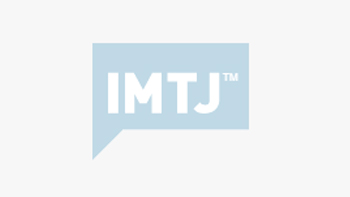Professor Nguyen Tai Thu is frustrated that he has to go it alone with no official support or help. One organization is restricted in what it can offer and has limited money to advertise medical tourism.
Ho Chi Minh City has 100 government owned hospitals and medical centres, plus dozens of privately owned clinics. Patients come from nearby provinces and from Cambodia. Cho Ray Hospital has been attracting Cambodians and reports that the number of Cambodian patients treated at the hospital has increased by 90 % over the four years 2008 to 2011.
Those attracting medical travellers are annoyed that not only is there no government support, but hospitals and travel firms have not cooperated with each other to develop services and increase the revenue.
Some local authorities have realized the benefits that can be brought by medical tourism products. Quang Ninh province offers a tour where travelers can visit the Yen Tu sacred temple and have medical treatment with herbs. Khanh Hoa province has become well known as the place for tourists to visit hot mineral springs, mud baths and herbal spa services.
But health and medical tourism is often no more than an add on to a tour package, not a separate medical or health travel package.
Vietnam has one of Southeast Asia’s fastest-growing economies and has set its sights on becoming a developed nation by 2020. Tourism has increased at a steadily impressive rate over the last ten years. In 2010, Vietnam welcomed nearly 4 million international tourists. Most visitors come from China, with around 10% coming from the USA, Japan and South Korea. Building on this success, the Vietnam National Administration of Tourism is looking to develop and diversify the tourism industry.








 ©2024 All rights reserved LaingBuisson
©2024 All rights reserved LaingBuisson 


